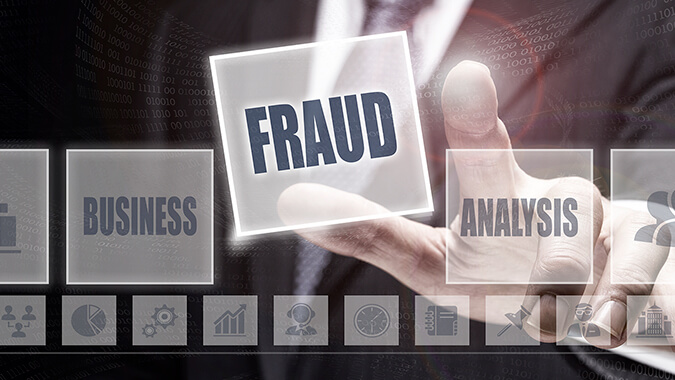
Don’t Let Your Fraud Guard Down During the New Normal
- Published
- Jan 18, 2021
- Topics
- Share
The worldwide pandemic that began in 2020 has people looking to 2021 with hope and healing. However, the coronavirus pandemic has led to a world full of changes and new challenges, and with that comes new opportunities for fraudsters to prey on already vulnerable businesses and their owners. Some of these challenges include:
- Operational challenges due to a remote workplace. These include face-to-face due diligence regarding customers, vendors and employees; security vulnerabilities and delays in reviewing business-related monitoring alerts (e.g., technological, financial and physical security); and difficulties in monitoring employees.
- New types of fraud and financial crime (e.g., fraud related to stimulus checks and PPP loans).
- The need for transparency in capital raising efforts and market volatility.
In 1950, criminologist Donald R. Cressey developed the fraud triangle to identify the three motivating forces behind fraud: pressure, opportunity and rationalization. Nearly 70 years later, this pandemic has provided an abundance of opportunity for fraudsters to do what they do best. Fraud related to stimulus checks and PPP loans are examples of obvious opportunities that exist as a direct result of the pandemic. Another is the change in consumer spending. Compared to a year ago, what and how we buy has drastically changed for so many people. This has caused a need for businesses, even financial institutions, to constantly be on the lookout for odd patterns and unusual behavior. This is made even more difficult because what would once be an unusual transaction may not be anymore and vice versa.
This change in spending habits is making the practice of “know your vendor” a 2021 business priority. With the massive changes in spending habits and supply chains, companies need transparency in their full vendor network—understanding both their direct and indirect vendors. There can be a number of entities involved in supplying a single service, and the lack of face-to-face interaction with suppliers creates massive opportunities for fraudsters to take advantage.
Companies need to manage their vendor relationships and lists as well as review their spending activity to help mitigate risks related to their vendors and supply chain. Implementing some form of a vendor review process may take time to develop in the beginning and additional time if done on a regular basis (e.g., monthly, quarterly, annually), but it will help avoid the time and costs to remedy those issues going forward. Companies also need to take extra steps in substituting in-person due diligence efforts with procedures that work virtually. It is vital in today’s virtual environment for cost control and supply chain efficiency.
One of the fallouts of the 2008 financial crisis was a focus by regulators on transparency around the adequacy of financial resources and financial performance. We can expect similar reactions due to the financial crisis brought on by this pandemic. Companies should review their fraud and internal controls framework to ensure it is robust and adaptive to new threats. In this new normal, revisit the five components of internal control and ensure they are up to date for your company: control environment (the culture), risk assessment (identification of the activities and associated risks), control activities (controls and procedures in place), information and communication (management conveyance), and monitoring activities (management monitors processes). Doing so now can save you money, time and a lot of headaches later.
What's on Your Mind?
Start a conversation with the team
Receive the latest business insights, analysis, and perspectives from EisnerAmper professionals.













